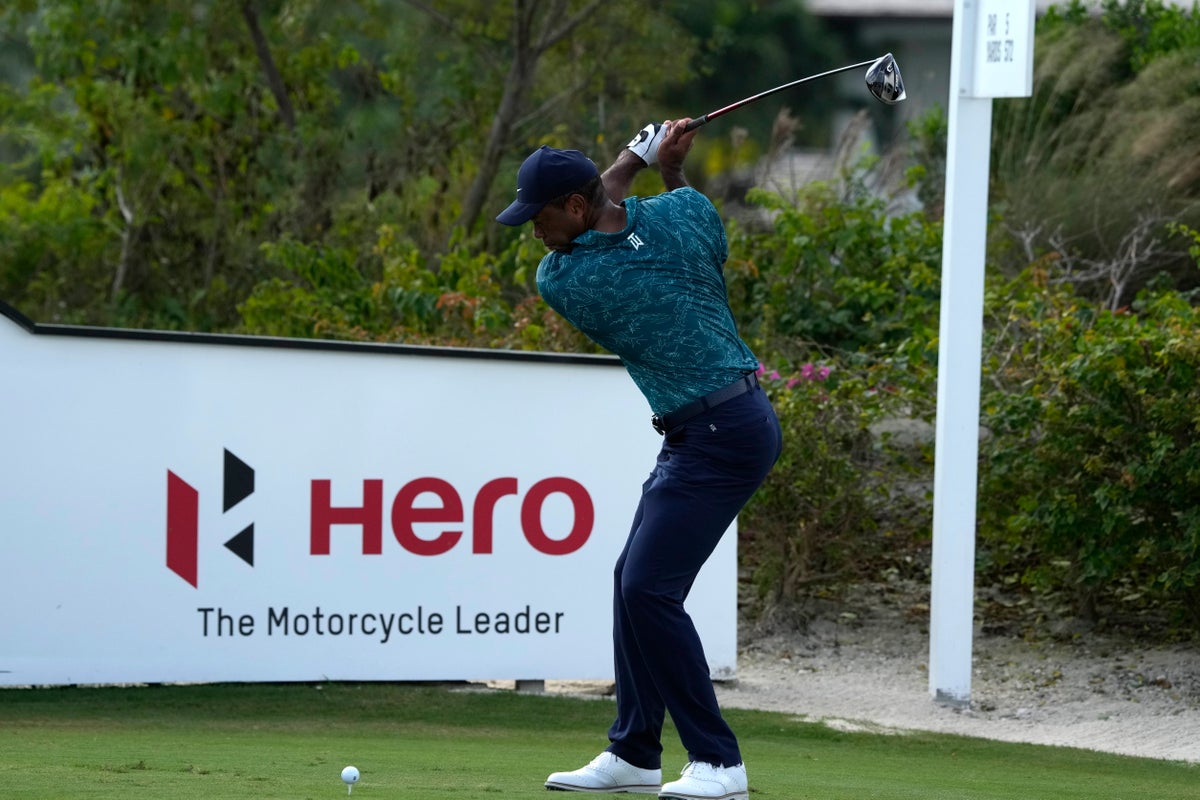
Golf's ruling bodies are changing the equipment testing to make sure the golf ball goes shorter for everyone from Tiger Woods to the amateur who plays public courses on the weekend.
The USGA and R&A announced its decision Wednesday, capping more than five years of intensive study on distance that led them to believe consistent gains off the tee — some 30 yards by PGA Tour players over the last 25 years — was detrimental to the game.
“There's virtually no denying that the game at the highest end is longer by a long shot today than it was 20 years ago,” said Mike Whan, the CEO of the USGA.
The change is not effective until 2028 for tour and elite golf, 2030 for recreational golfers.
The original proposal in March was a “Model Local Rule” that would lead to a shorter golf ball only at the elite level, which would create two sets of rules for the first time. The PGA Tour and PGA of America strongly opposed it.
Instead, the USGA and R&A are changing the test that measures how far the ball goes, leaving in tact the “Overall Distance Standard” limit of 317 yards with a 3-yard tolerance.
The new test will be a club swung at 125 mph, equivalent to ball speed of 183 mph (up from 120 mph club speed and 176 mph ball speed); with a spin rate of 2,200 rpm (down from 2,520 rpm) and a launch angle of 11 degrees (previously 10 degrees).
For the longest hitters, they expect the ball to go up to 15 yards shorter — 11 yards shorter for average tour pros, 7 yards for female tour players and 5 yards or less for everyone else.
Keegan Bradley isn't sure about that. He said Srixon made him a golf ball that would have met proposed standards and it was flying 40 to 50 yards shorter.
“I think that the USGA … everything that they do is reactionary,” Bradley said last week in the Bahamas. “They don’t think of a solution. They just think we’re going to affect 100% of the population that plays golf. For the amateur world to hit the ball shorter is monstrous. I can’t think of anything more stupid than that.”
The PGA Tour had said it would not adopt the proposed “Model Local Rule.” It was not entirely pleased with a new equipment rule.
“Throughout the process, we have provided feedback to the USGA and The R&A and are pleased to see a number of our recommendations reflected in this most recent announcement,” the tour said in a statement. “However, we believe the proposed increase in test clubhead speed to 125 mph is disproportional to the rate of increase we see when analyzing PGA Tour radar data.”
The PGA Tour had 98 players who averaged 300 yards in driving distance, led by Rory McIlroy at 326.3 yards.
McIlroy took to social media last week when Golf Digest first reported the new test.
“It will make no difference whatsoever to the average golfer and puts golf back on a path of sustainability," McIlroy said. "It will also help bring back certain skills in the pro game that have been eradicated over the past 2 decades.”
Woods said last week in the Bahamas he has long been in favor of bifurcation — two sets of rules — similar to aluminum bats and wooden bats in baseball. That example, however, would suggest changing the drivers.
Drivers were on the table for the USGA and R&A a year ago until they zoomed in on the ball. Their only action on drivers was to expand the test of how long the ball stays on the face of the club, known as characteristic time. There is concern that with extended use of the club, the face gets thinner and allows for more of a trampoline effect.
The big development was the golf ball — how far distance has come in 40-plus years, fear by the governing bodies how much farther it will go as players get stronger and move faster with better technique.
The PGA of America, with its 30,000 club professionals, joined the PGA Tour in saying it was happy the governing bodies did not go with two sets of rules, and even pushed back the date the rollback begins — it originally was proposed to start in 2026.
“We remain opposed to any change that may potentially lessen the enjoyment of the game for recreational golfers or diminish the unprecedented momentum the game is enjoying,” the PGA of America statement said. "It appears recreational golfers will see a greater reduction in distance than we would advise.
“While this decrease has been lessened, we continue to recommend being more moderate on the swing speed change for the golf ball conformance test.”
Manufacturers and tour officials were hopeful of providing input before the testing change was announced, especially because it doesn't take effect for four years. Whan said the 125 mph club speed was open for feedback in 2022 and there was no point in delaying the decision with another comment period.
He also balked at the notion that distance will plateau if nothing is done now.
“Some people will argue, ‘We don’t think distance is going farther. The speed these top guys are hitting it is the fastest we're going to see,'” Whan said. "We've said consistently, ‘Then you’re not spending enough time with the high-end amateur golf like we are.' Spend a day with me at the Walker Cup and I'll show you ball speed at a whole other level.
“There's no logical reason to believe that speeds, and therefore distances, are coming down.”
PGA Tour data, however, indicates big hitters from the Korn Ferry Tour slow down their swing speed when they get to the PGA Tour to adapt to the way courses are set up.







